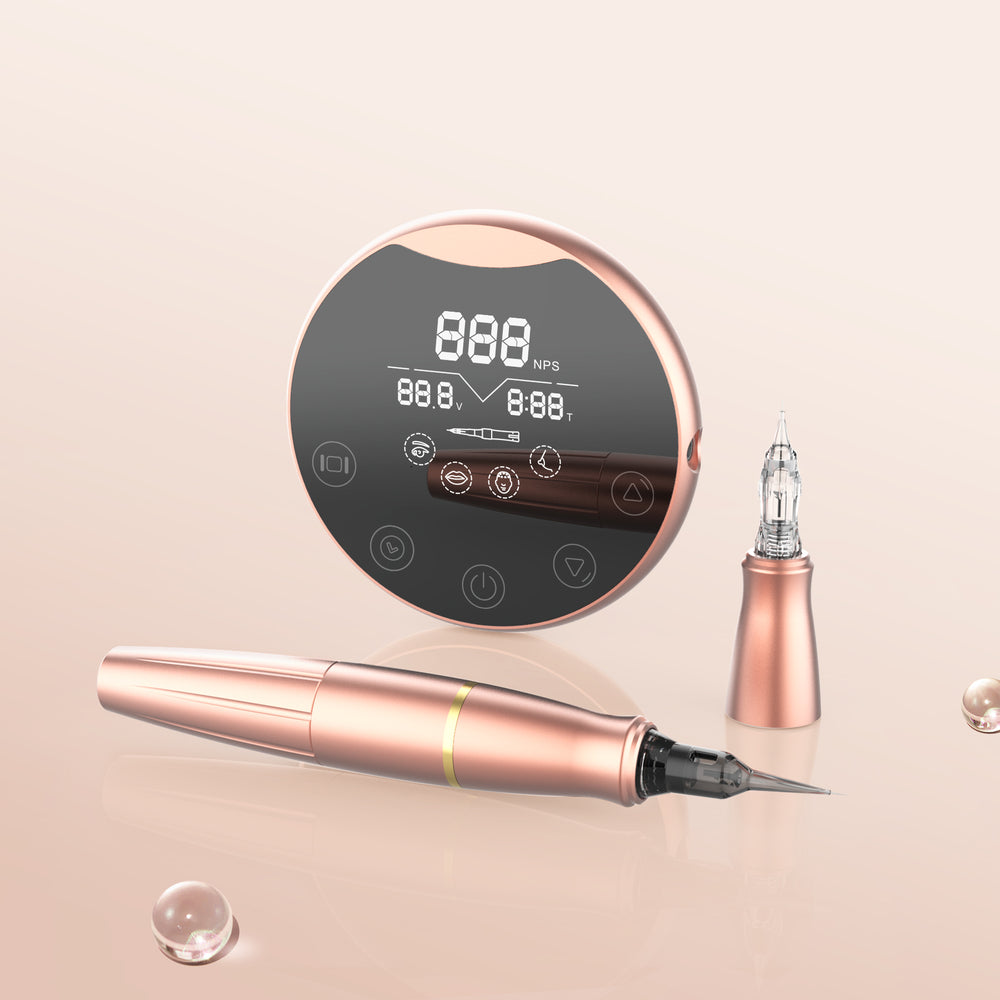The Science Behind Protective Pigment Caps: How They Shield Your Skin from UV Damage
In the realm of skincare, understanding the mechanisms that protect our skin is crucial. One such mechanism is the formation of protective pigment caps, which play a vital role in defending our skin against harmful ultraviolet (UV) radiation. But what exactly are these caps, and how do they function?

What Are Protective Pigment Caps?
Protective pigment caps are specialized structures formed by the skin's melanocytes, the cells responsible for producing melanin. Melanin is the pigment that gives skin its color and provides a natural barrier against UV radiation. When exposed to sunlight, melanocytes increase melanin production, leading to the formation of these protective caps. This process not only helps in absorbing UV rays but also minimizes the risk of skin damage.
How Do Protective Pigment Caps Shield Your Skin?
The primary function of protective pigment caps is to absorb and dissipate UV radiation. This absorption helps prevent DNA damage in skin cells, which can lead to skin cancer and premature aging. Here are some key points about their protective capabilities:
- UV Absorption: Melanin effectively absorbs UV radiation, reducing the amount that penetrates deeper layers of the skin.
- Free Radical Neutralization: By absorbing UV rays, melanin also helps neutralize free radicals, which can cause oxidative stress and skin damage.
- Inflammation Reduction: Protective pigment caps can help reduce inflammation caused by UV exposure, leading to a healthier skin appearance.
Factors Influencing Protective Pigment Cap Formation
While everyone has some level of melanin in their skin, several factors can influence the effectiveness of protective pigment caps:
- Skin Type: Individuals with darker skin tones typically have more melanin, providing greater natural protection against UV damage.
- Sun Exposure: Regular exposure to sunlight can stimulate melanin production, enhancing the formation of protective caps.
- Genetics: Genetic predisposition plays a significant role in determining how much melanin your skin produces.
Enhancing Your Skin's Natural Protection
To support the formation of protective pigment caps, consider incorporating the following practices into your skincare routine:
- Use broad-spectrum sunscreen daily to protect against both UVA and UVB rays.
- Incorporate antioxidants into your skincare regimen to combat oxidative stress.
- Stay hydrated and maintain a balanced diet rich in vitamins and minerals.
For those interested in enhancing their skin's appearance further, exploring options like  can provide additional benefits.
can provide additional benefits.
Conclusion
Understanding the science behind protective pigment caps is essential for anyone looking to maintain healthy skin. By recognizing how these natural defenses work, you can take proactive steps to protect your skin from UV damage. Remember, while these caps provide a level of protection, it is crucial to complement them with proper skincare practices.








